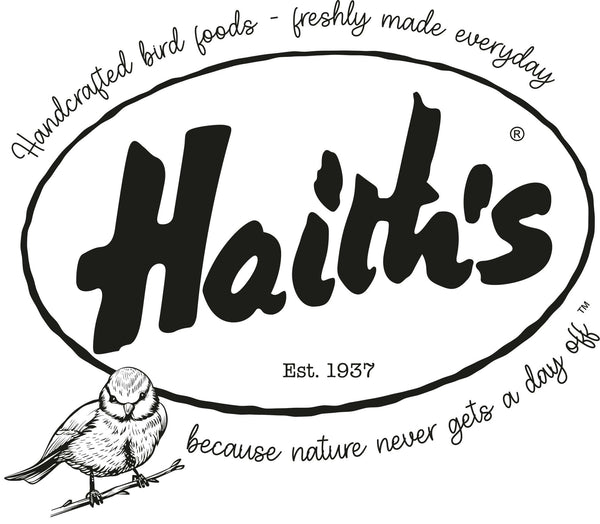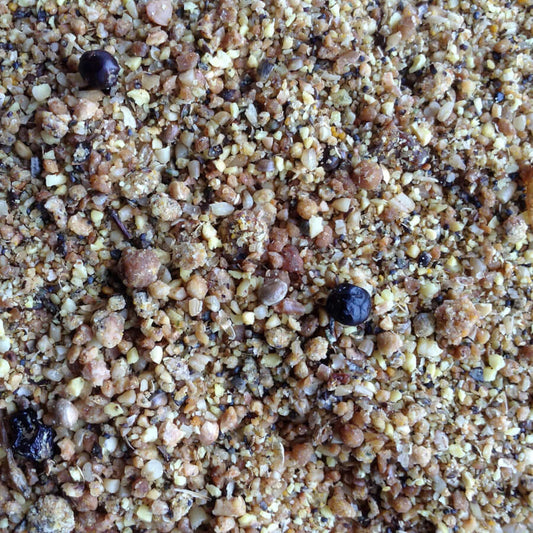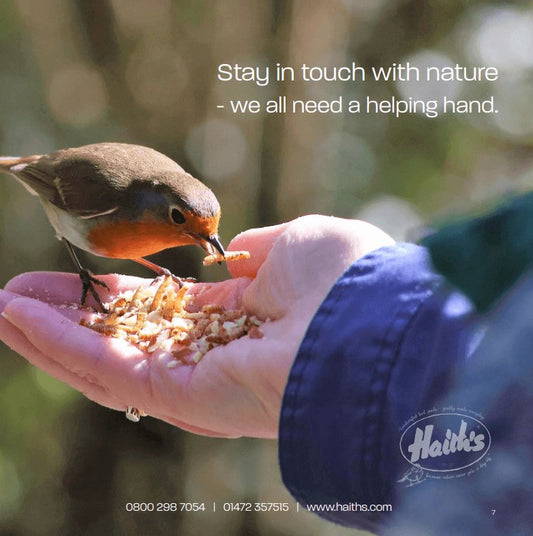Feeding Garden Birds in May: What You Need to Know
As spring reaches its peak in May, our gardens burst into life with colour, fragrance, and sound.
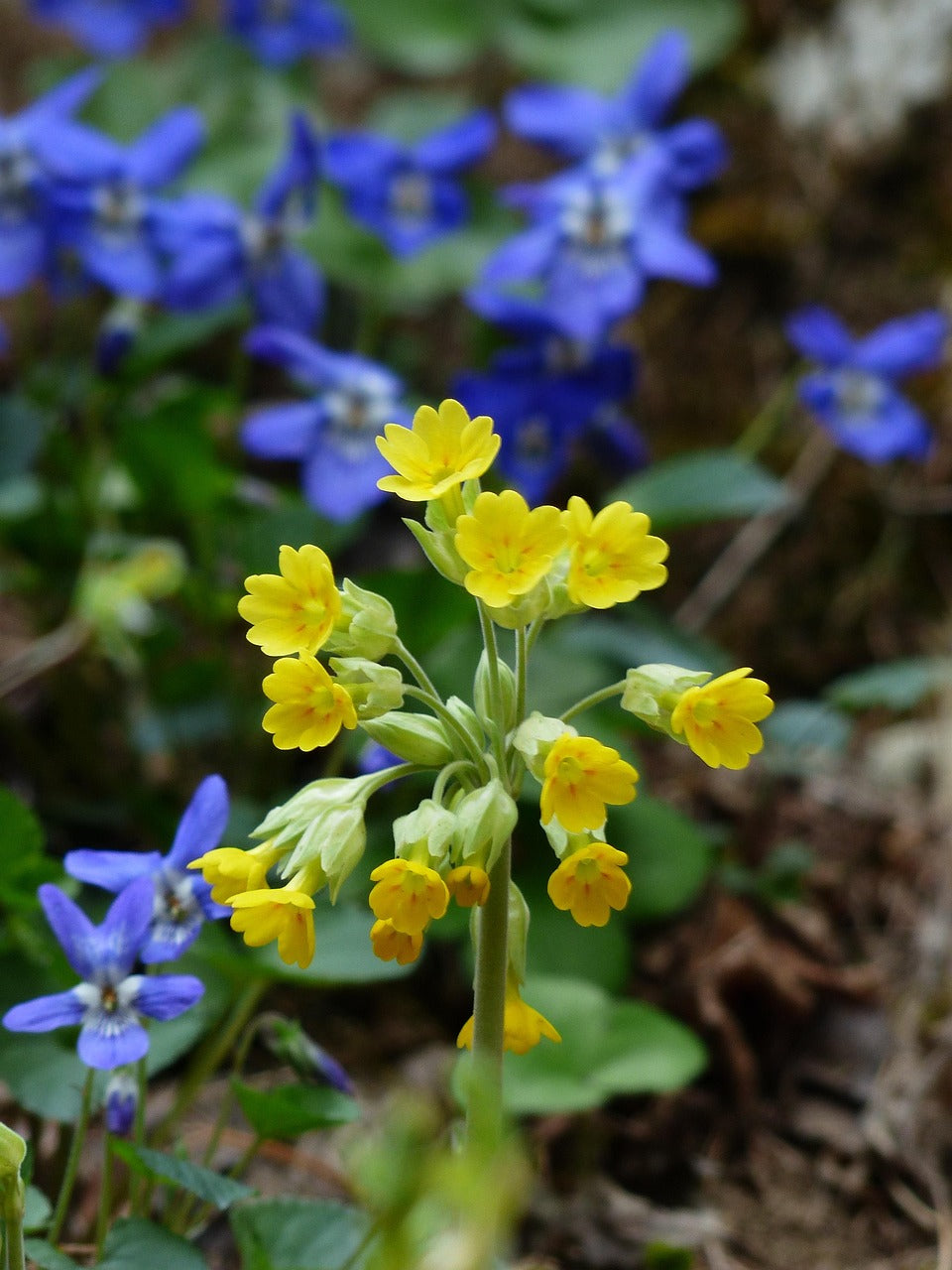
Birds are especially active during this time, flitting through the trees, calling to one another, and foraging to feed themselves and their young. If you enjoy attracting wild birds to your garden, May is a brilliant month to get involved. But what exactly are birds up to in May, and how can we best support them during this busy period? Let’s take a look at what garden birds are doing in May, whether they’re nesting, and what foods are best to offer during this important season.
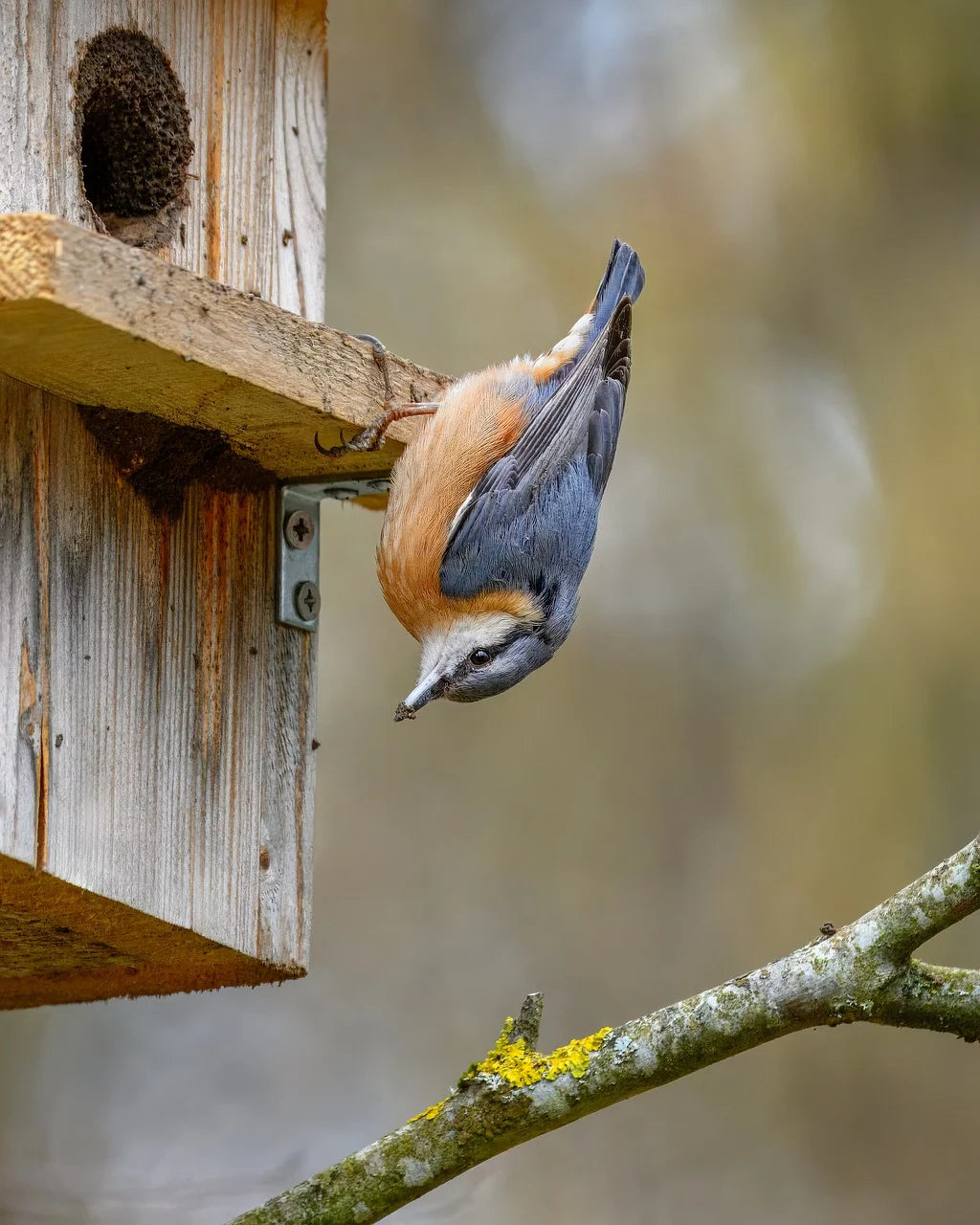
Do Birds Nest in May?
Absolutely – May is right in the heart of the nesting season for many UK and European garden birds. By this time of year, many species have already paired up and started building their nests, while others may be laying eggs or even feeding newly hatched chicks.
Species like robins, blackbirds, blue tits, great tits, house sparrows, and starlings are commonly seen nesting in gardens during May. Some early nesters, like long-tailed tits or wrens, may already be on their second brood.
Nesting is a time of intense activity for birds. Both males and females (depending on the species) are involved in collecting nesting materials, incubating eggs, and sourcing food for their
hungry chicks. In this crucial period, having easy access to nutritious food close to their nests can make a real difference.
What Do Birds Do in May?
May is one of the busiest months in the avian calendar. Here’s a quick overview of what birds are typically doing at this time:
-

Nesting and Breeding
As mentioned, most garden birds are either nesting or feeding chicks. Some may be laying eggs or incubating them.
-

Singing
Birdsong reaches its peak in May. Males sing to attract mates and defend their territories. The dawn chorus, especially, is a wonder to behold.
-

Feeding Young
Once chicks hatch, parent birds are constantly on the move, looking for soft, protein-rich foods like caterpillars, spiders, and insects.
-

Moulting (for some species)
Although less common in May, some birds may start their post-breeding moult, replacing worn feathers with fresh ones.
-

Migrants Arrive
Migratory species like swallows, house martins, and warblers have mostly arrived by May, ready to breed and raise their families here.
All this activity makes May a vital time for birds. Whether they’re raising young or building up strength after a long migration, they need plenty of energy - and that’s where garden feeding can help.
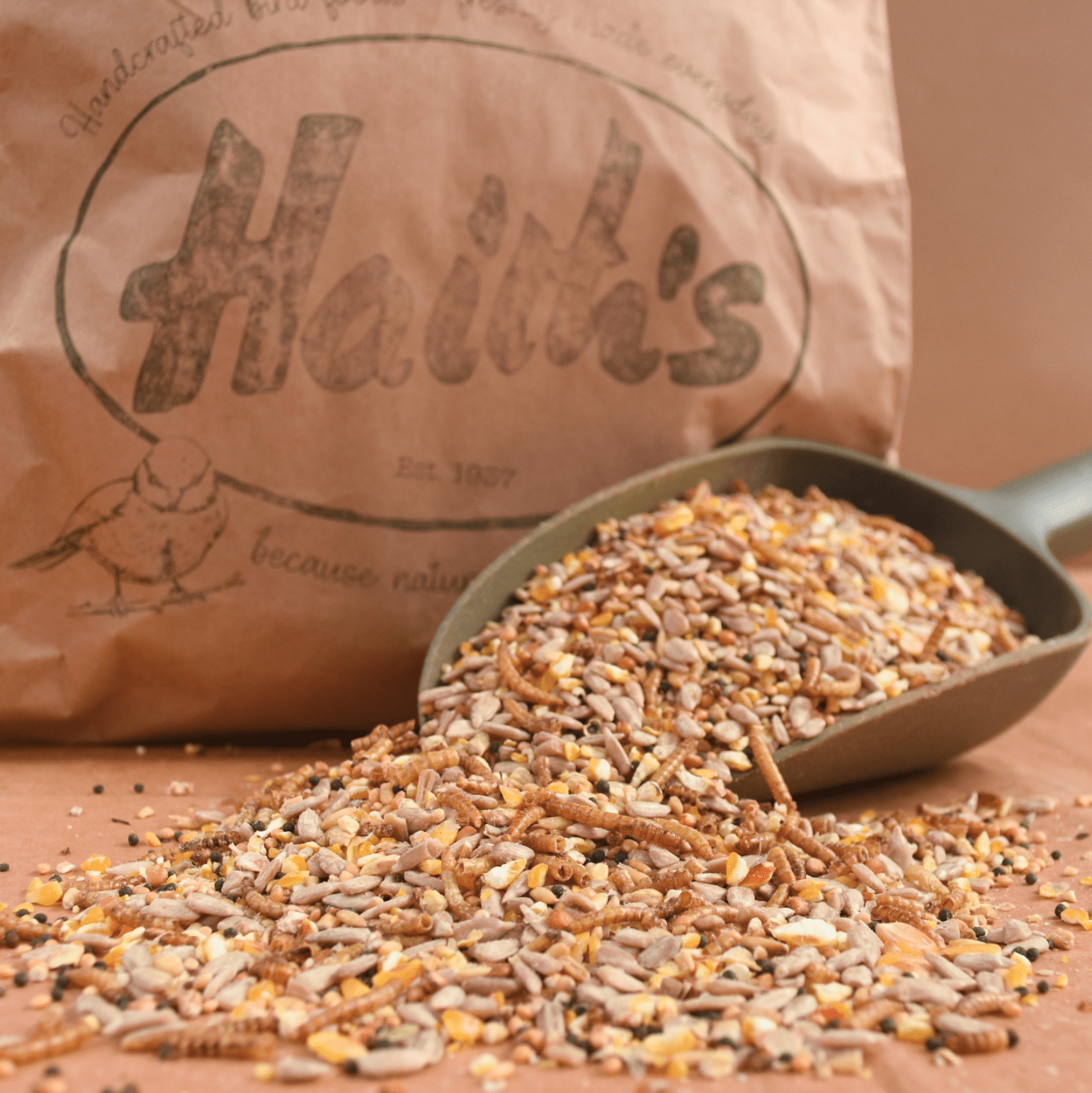
What Is the Best Food to Give Wild Birds in May?
During the nesting season, birds need a different diet to get them through the challenges of breeding and feeding chicks. Here are the best types of bird food to provide in May:
HAITH'S to HOME
Fledge™ Mix - Optimal Foraging Bird Food
Share





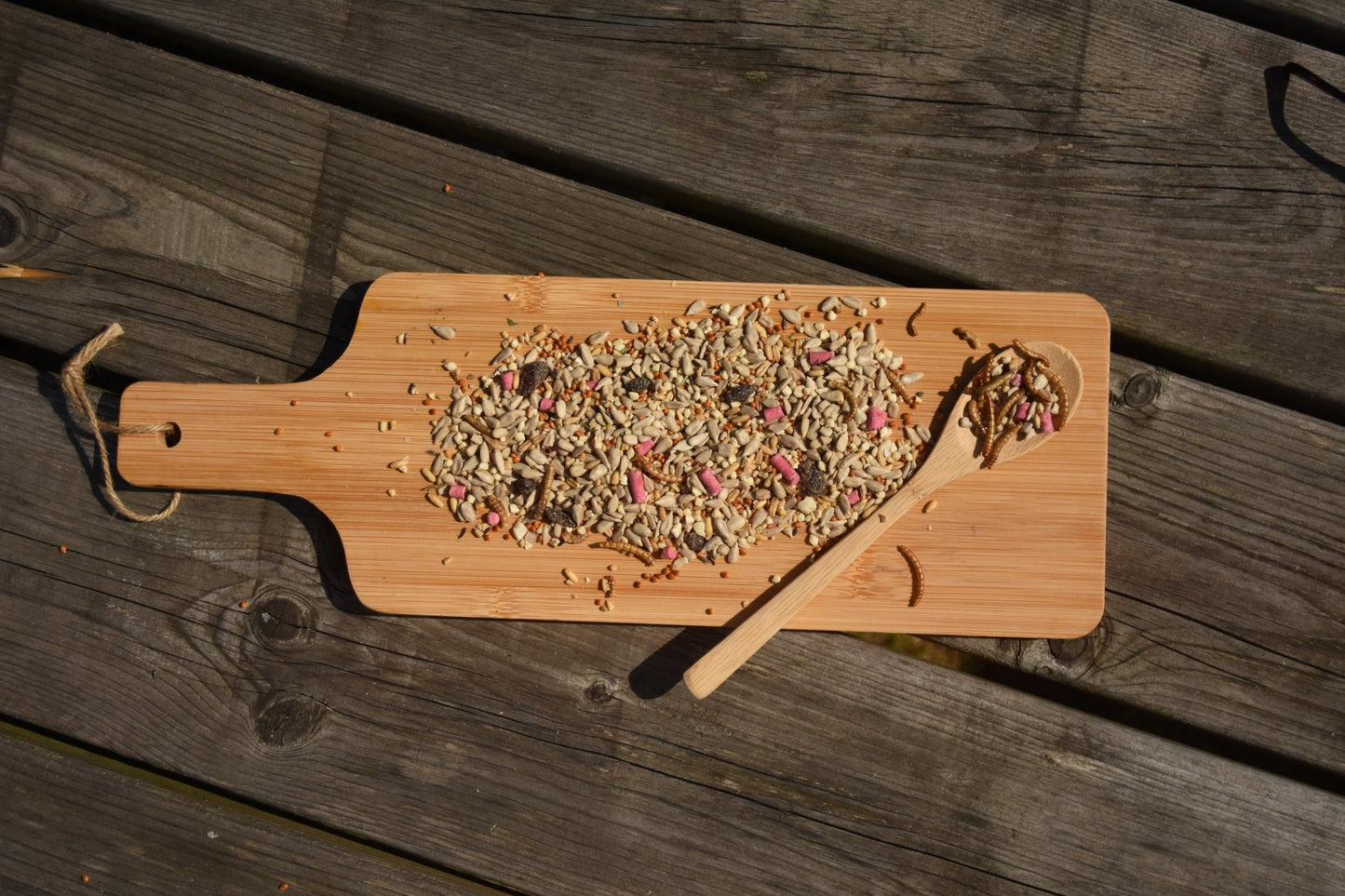

Live or Dried Mealworms
Mealworms are a favourite of many garden birds, especially robins, blackbirds, and song thrushes. Rich in protein, they’re ideal for feeding growing chicks.
If you use dried mealworms, be sure to soak them in water first - this makes them easier to digest and safer for
fledglings.
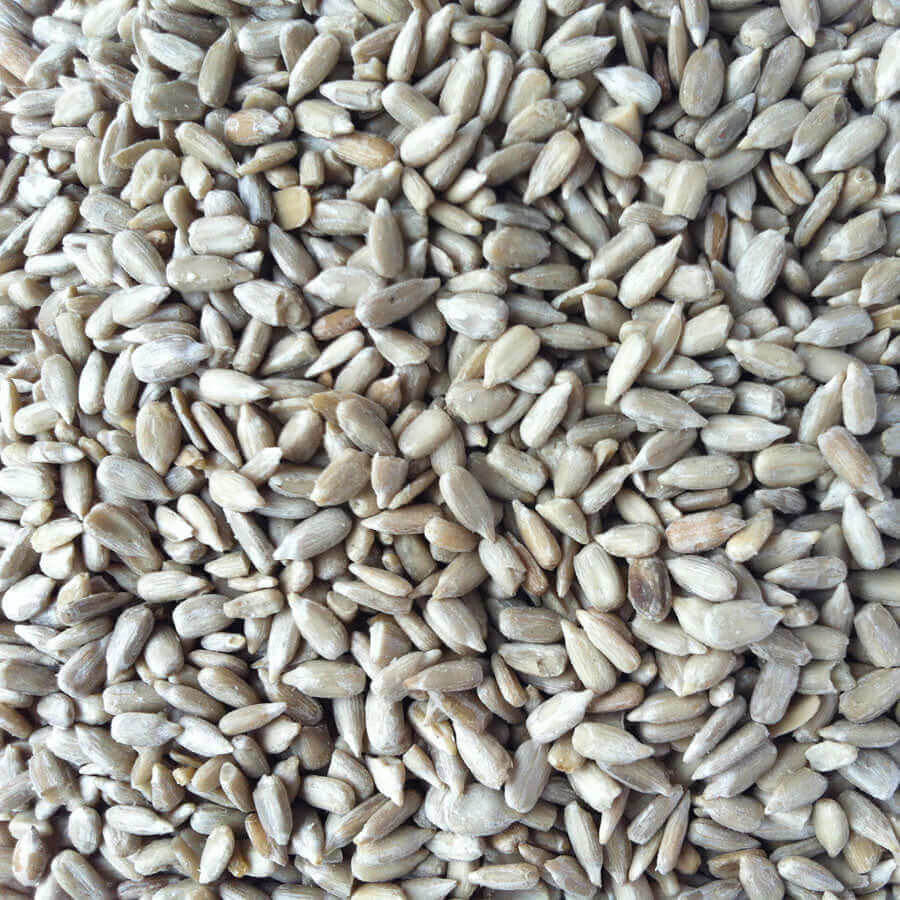
Sunflower Hearts
Packed with energy and easy to eat, sunflower hearts are perfect for May. Unlike black sunflower seeds, they don’t require birds to crack open a shell, which saves valuable energy.
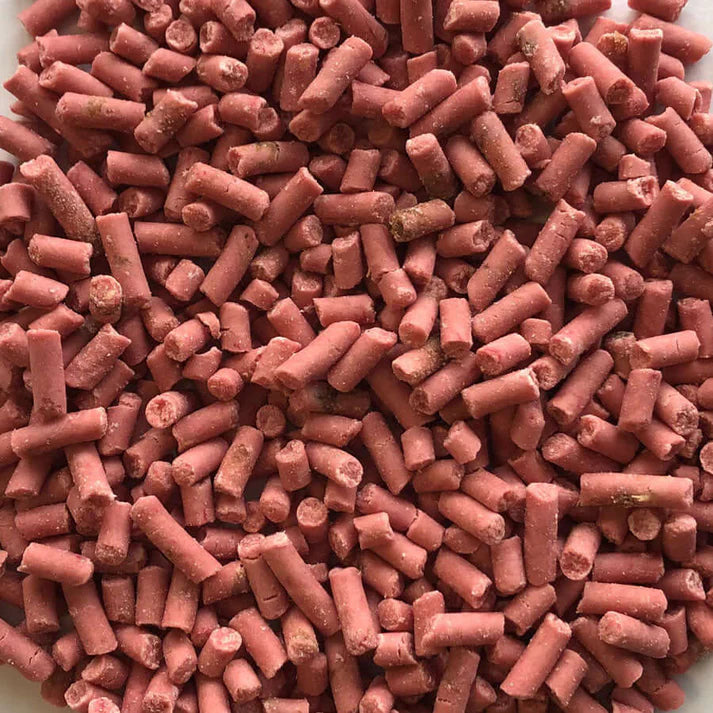
Soft Suet Pellets or Fat Balls (Without Nets)
High in calories and fats, suet products give birds a quick energy boost. Choose versions with added insects or berries for extra appeal, and always remove plastic nets, which can be dangerous to both adult birds and chicks.
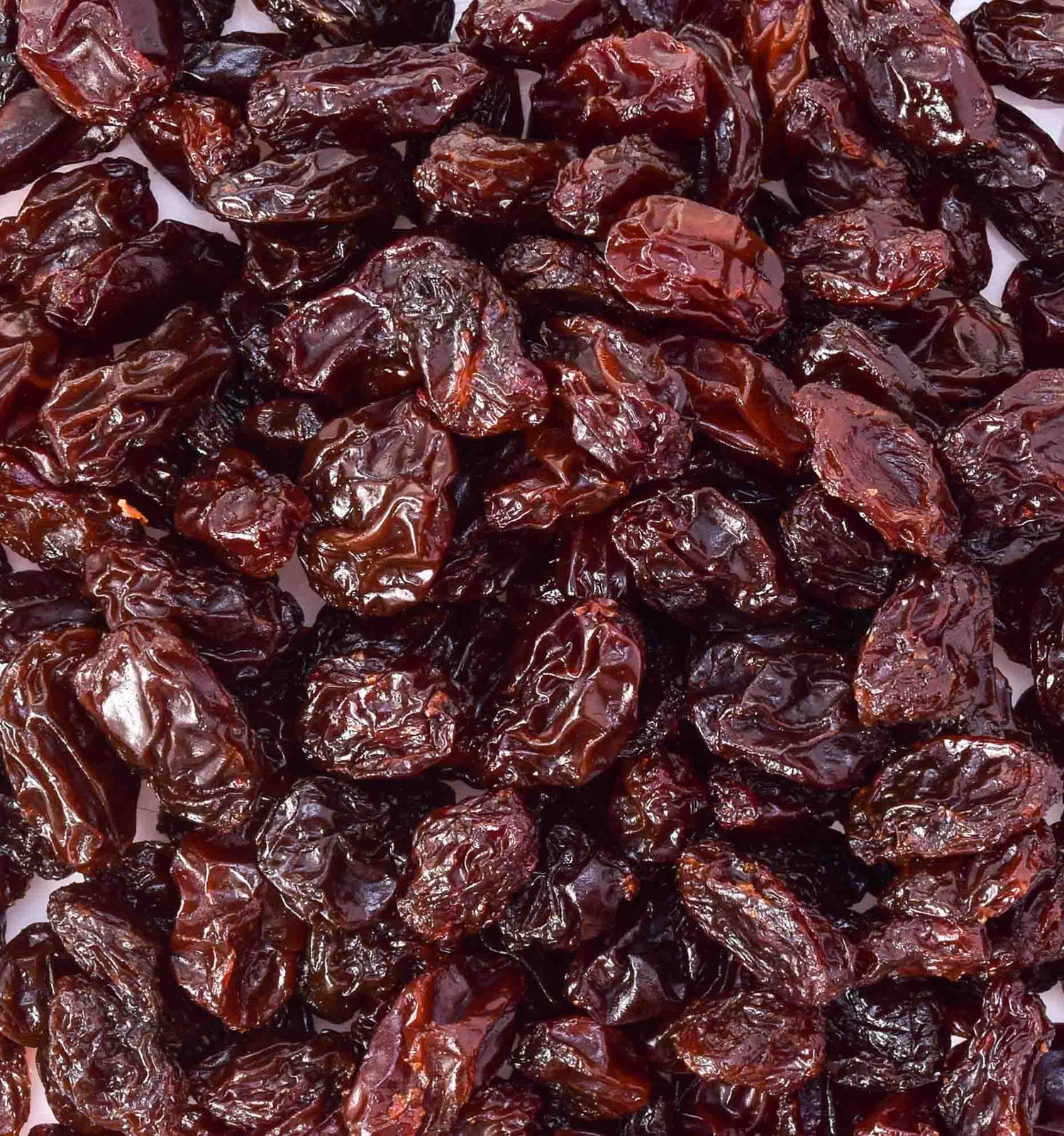
Fruit
Soft fruits like chopped apples, pears, and even raisins (soaked in water) can attract a variety of birds. Blackbirds, in particular, love fruit, and it’s a gentle food source for their young.
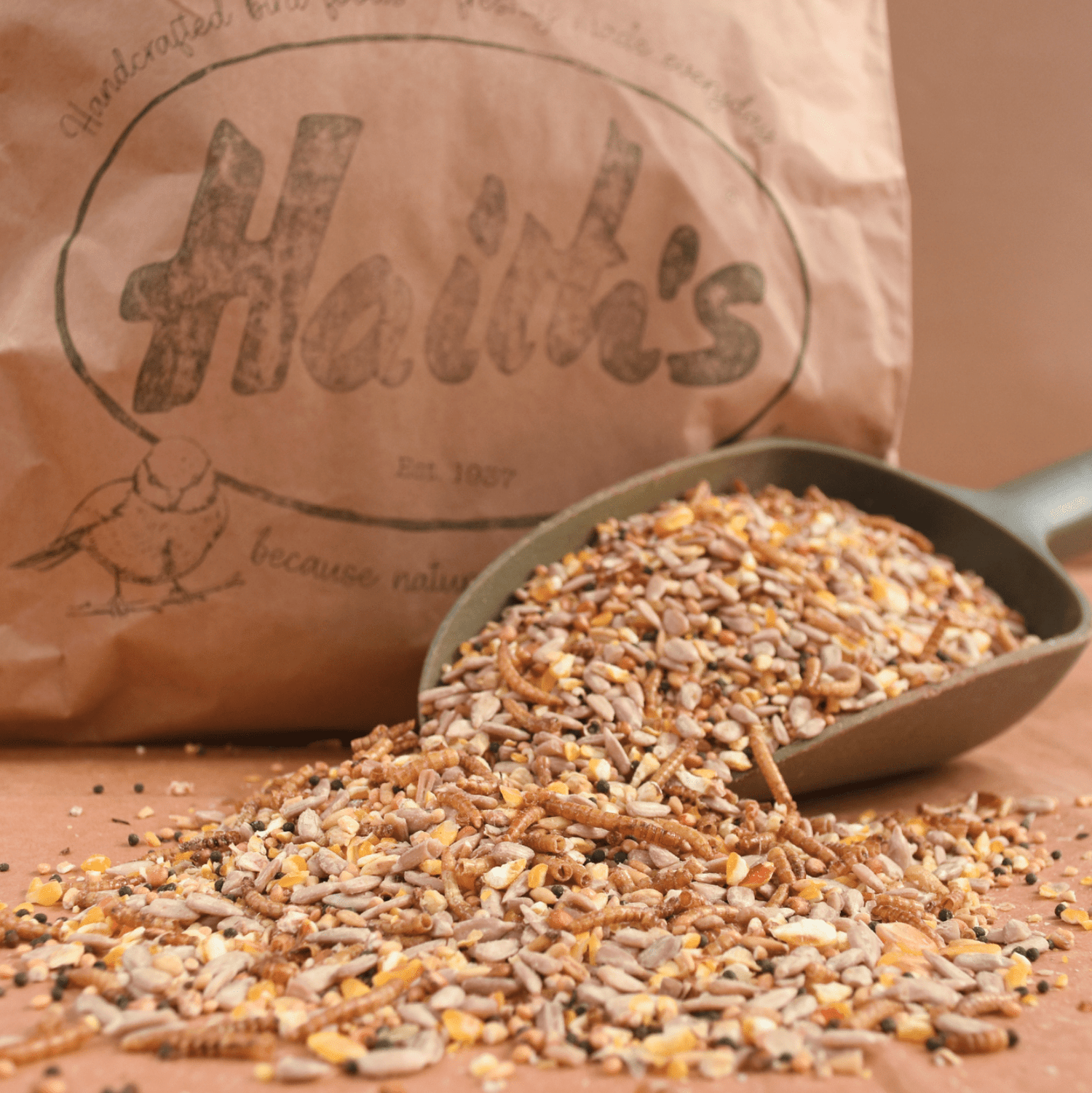
Spring-Summer Mix
Some bird food brands offer special spring/summer blends designed for the breeding season. These often contain smaller, softer ingredients and added protein to support chick growth.
Haith's Soft Food Selection
Just perfect for spring & summer bird feeding
-
Prosecto™ Insectivorous Bird Food
Vendor:HAITH'S to HOME4.22 / 5.0
(9) 9 total reviews
Regular price From £6.99 GBPRegular priceUnit price / per£6.99 GBPSale price From £6.99 GBP -
Dried Mealworms for wild birds
Vendor:HAITH'S to HOME5.0 / 5.0
(35) 35 total reviews
Regular price From £6.29 GBPRegular priceUnit price / per£6.29 GBPSale price From £6.29 GBP -
Fat Robin™ - Soft & Nutritious Bird Blend
Vendor:HAITH'S to HOME4.45 / 5.0
(20) 20 total reviews
Regular price From £4.99 GBPRegular priceUnit price / per£4.99 GBPSale price From £4.99 GBP -
Songster Food for Ground-Feeding Birds
Vendor:HAITH'S to HOME4.95 / 5.0
(19) 19 total reviews
Regular price From £5.95 GBPRegular priceUnit price / per£5.95 GBPSale price From £5.95 GBP
What to Avoid Feeding Birds in May
While it’s tempting to put out all kinds of scraps for the birds, some foods can be harmful during the breeding season:
- Whole peanuts: These can be a choking hazard for chicks. If you want to offer peanuts, use a proper mesh feeder that allows birds to peck small bits at a time.
- Hard, dry foods: Foods like uncooked rice or dry bread can swell in a chick’s stomach and cause harm.
- Fatty human leftovers: Processed or salty foods, such as bacon fat, should never be offered to birds.
Top Tips for Feeding Birds in May
-

Keep feeders and bird tables clean
Hygiene is especially important during the breeding season. Regularly wash feeders with a mild disinfectant to prevent the spread of disease.
-

Provide fresh water
Birds need clean water for drinking and bathing. Refill bird baths daily, and keep them free of algae.
-

Don’t prune hedges or disturb nest sites
If you suspect birds are nesting in your garden, give them space and avoid heavy gardening near their habitat.
-

Feed little and often
During spring and summer, it’s better to provide smaller amounts of food more frequently, ensuring it stays fresh and is eaten before it spoils.
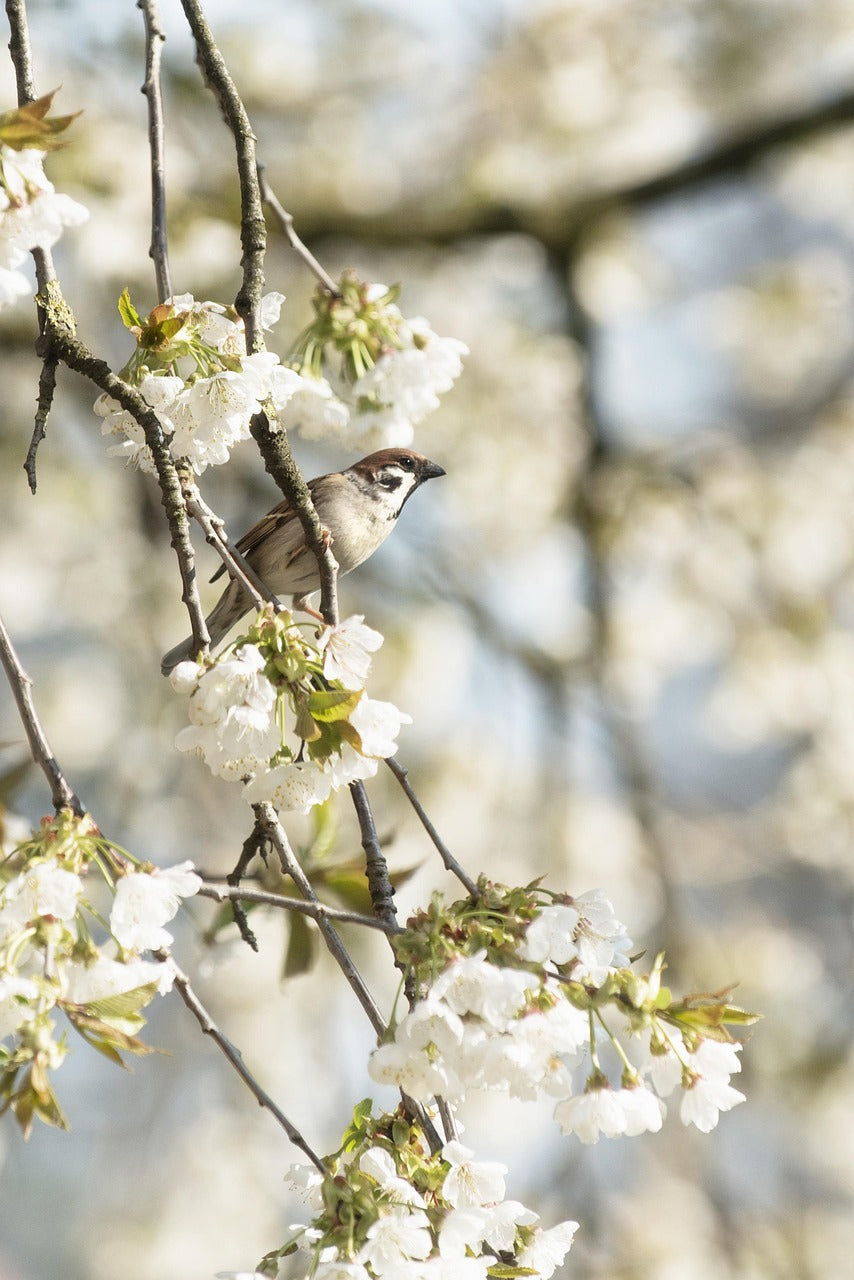
Enjoy the Joy of Birds in May
May is a magical time to watch birds in your garden. You might spot a robin collecting worms for its chicks, hear a blackbird singing its melodious tune, or see a blue tit making countless trips to and from the nest box. By offering the right food and a safe, welcoming environment, you can make a real difference during this busy time in their lives. Feeding birds isn’t just about supporting wildlife - it’s also about connecting with nature. Whether you’re an experienced birdwatcher or just getting started, there’s something incredibly satisfying about seeing birds thrive in your garden. So, fill those feeders, set out some mealworms, and sit back with a cup of tea. The birds of May are busy - but thanks to your help, they’re thriving.
